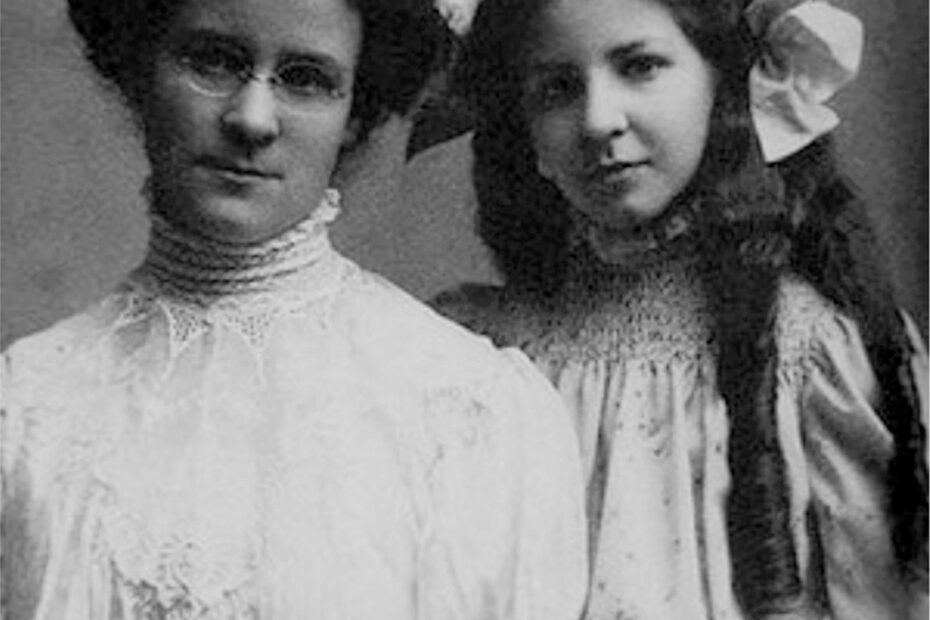Discussion Post I submitted for my Atlantic University TP5150 Course – August 18, 2020
I’ve taken the MBTI several times, although not for a while, so I did the test again to see if I’d changed. The same personality type appeared, INFP. According to my friend, who is an MBTI expert, it’s unusual for men to be “feelers” instead of “thinkers.” She said the ratio of T’s versus F for men is typically 75-25%, and it’s the opposite for females. The other three groupings don’t appear to be driven by gender. According to the Meyers Briggs Foundation, INFP’s, in part, are quiet, “friendly, sensitive, and kind…Like to have their own space and to work within their own time frame” (Meyers Briggs Foundation, n.d.).
This description accurately describes me, especially when I’m engaged in creative activities. Mihaly Csikszentmihalyi notes that creative “people’s openness and sensitivity often exposes them to suffering and pain” (Csikszentmihalyi, 1996). I believe it’s in the pain and suffering where the creativity stems. The Wounded Healer archetype is prevalent amongst the creative types, and I’ve also encountered it extensively in this Master’s and through people I’ve met at my Spiritualist Church. Healing work is also incredibly creative and intuitive, and I’ve met many healers in the last couple of years along my spiritual journey.
Vincent van Gogh is one of the most famous and extreme cases of a suffering artist. Lewis Mumford says that van Gogh “was above all things a man who thought and suffered, and out of the biting ecstasy of his life he created pictures which seem to tell us what a vivid world we might find if only, like Vincent himself, we would leave behind what we call our centres of civilization, and renew once more our contact with real landscapes and real people, instead of drifting through the pall of shadowed buildings and shadowy lives that now overwhelm us” (Mumford, 1928).
Fortunately, I’ve not experienced anywhere near the level of despair as van Gogh, nor am I as creative. There have been struggles along the way, I’m not sure it’s any different than anyone else, and probably not as harsh as many. Yet, a personality type that includes feeling and sensitivity will naturally experience the hard times much more profoundly. An empath is a term that’s thrown around to describe this type of person. Goyte sings, “You can get addicted to a certain kind of sadness” (Gotye, 2011, track 3), and there’ve been times in my life where I’ve felt this way. It’s also the moments when I’m the most creative, whether it’s when I was into writing poetry, or simply journaling.
Anna Nalik, in her song, Breathe (2 AM), sums up the need to release pain through a creative outlet poignantly. She sings, “2 AM and I’m still awake, writing a song/If I get it all down on paper, it’s no longer inside of me,/Threatening the life it belongs to” (Nalik, 2005, track 1). I also find at these times, I’m much more sensitive to others’ creativity. In particular, songs and lyrics can reverberate in my soul as if my inner self is a guitar being plucked. Dramatic movies, too, resonate at a much deeper level than usual—sad real-life situations that I encountered also feel nearly as painful as the person suffering.
I was in Nashville a few years back for a conference, and the highlight of the week was attending a function at the Acme Bar, one of the most famous in the town. The group had rented out all four floors, and the first floor featured “Singers & Songwriters,” rising artists who had written and recorded their own material. The songs were very moving, many telling stories of living through dysfunctional upbringings, lost-loved ones, relationships that ended in a train wreck, and struggles with addictions. Their authenticity and creativity moved me, and I spent most of the evening on the first floor. At a break, I spoke with several artists who had come over to the bar to grab a drink. I was struck first by their shyness; I knew I had found a tribe of fellow introverts! I also could feel the sensitivity they exuded and the real pain buried deep with them. I also understood that their pain was the spark for their creativity.
References
Csikszentmihalyi, M. (1996, July). “The Creative Personality. Psychology Today, pp 1-6.
Gotye (201). “Somebody that I used to know” [Recorded by Luiz Bonfá & Gotye]. On Making Mirrors [MP3 file]. London, England: Chappell & Co., LTD
Mumford, L. (1928). “The guild of St. Luke: the tragic story of Vincent van Gogh.” The New Republic. Retrieved from https://newrepublic.com/article/107697/the-guild-st-luke
Nalik, A. (2005). “Breathe (2 AM)” [Recorded by Anna Nalik]. On Wreck of the day [MP3 file]. New York, NY: Columbia Records.
